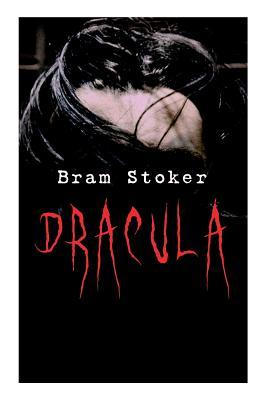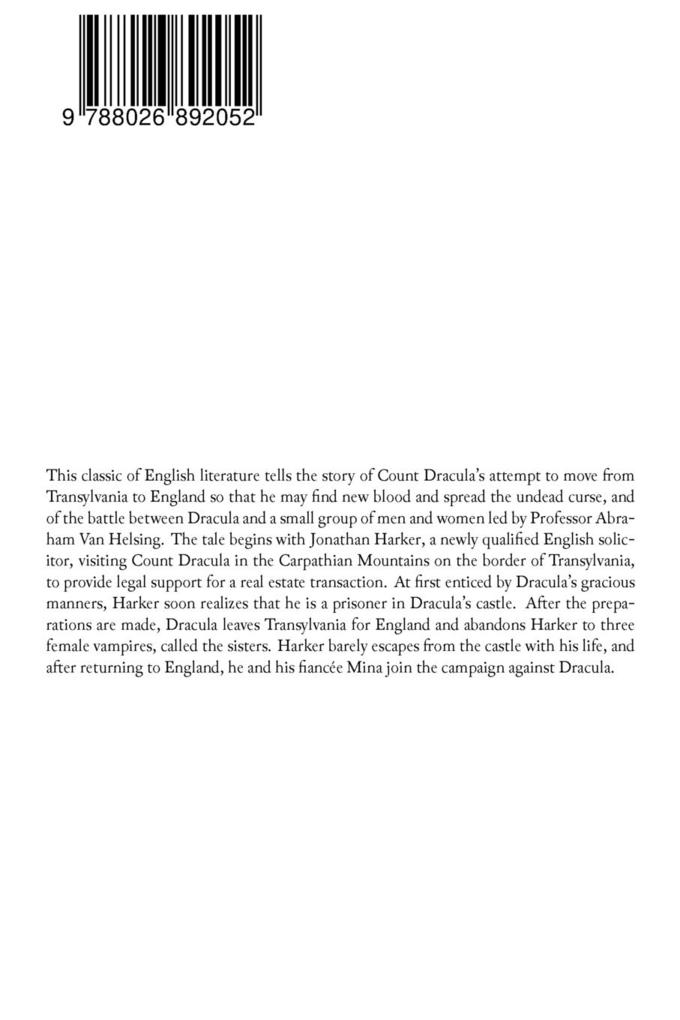Bram Stoker's "Dracula" is a gothic horror novel that explores the interplay of fear and desire through the chilling tale of Count Dracula's attempt to move from Transylvania to England. The novel employs an epistolary format, weaving together letters, diary entries, and newspaper articles to invite readers into a world teetering on the brink of the supernatural. Stoker deftly conjures a rich atmosphere filled with Victorian anxieties about sexuality, modernity, and the unknown, making his narrative not only a tale of horror but also a commentary on societal fears of the late 19th century. Bram Stoker, an Irish author and theater manager, was profoundly influenced by the cultural and scientific currents of his time. His fascination with folklore, combined with experiences from his travels across Europe, particularly his stay in the Carpathians, nourished his imagination and culminated in the creation of this iconic character. Stoker's extensive research into Eastern European mythology underscores his commitment to authenticity while contributing to the novel's depth and intrigue. "Dracula" is a masterful exploration of darkness and desire that continues to captivate audiences more than a century after its publication. It is essential reading for those interested in the evolution of the horror genre, the complexities of human psychology, and the intricate tapestry of societal fears that persist in modern literature. Stoker's haunting narrative resonates across time and context, urging readers to confront their own fears.






































